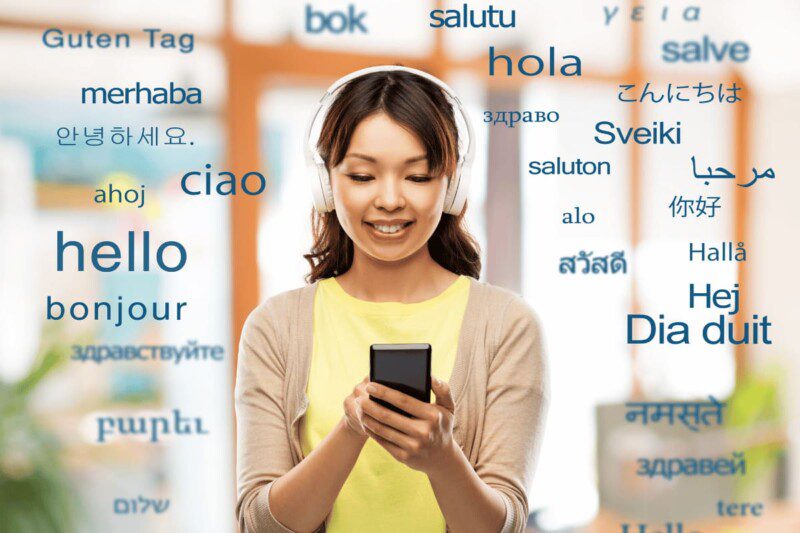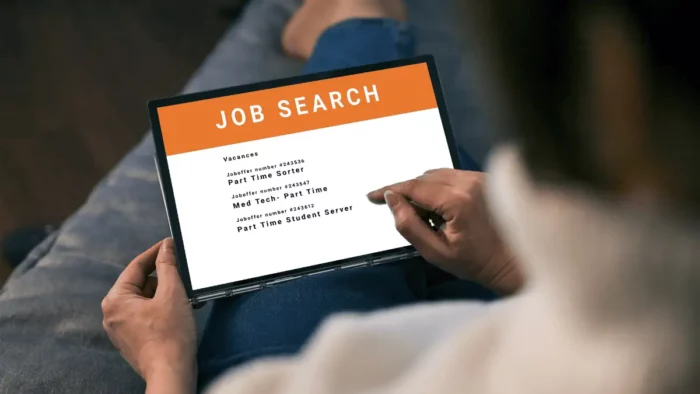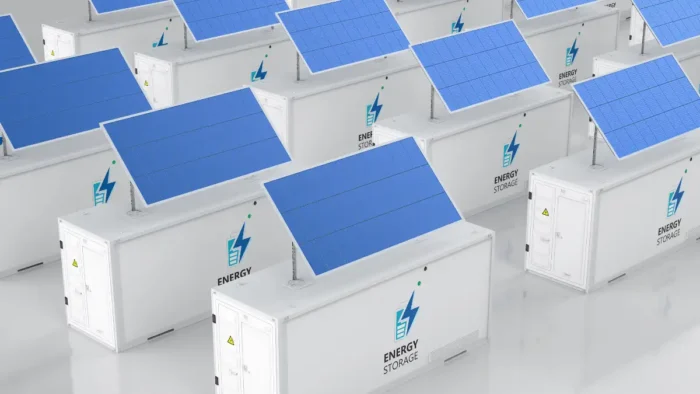The translation is the most important tool for global communication among companies, organizations, customers, and simply between countries. Whether you’re translating a presentation, a document, or your entire website, there are two most common approaches for translation in the modern era:
- Human translation
- Automated machine translation
As the name suggests, human translation involves a team of linguistic experts manually translating your script into different languages. On the other hand, machine translation, like Google translate, lets the machine use automated technologies to convert your text into the desired format and language.
Working on machine translation
If you are looking for cost-free instantaneous work, you can opt for machine translation, which is improving daily. Thanks to AI and ML technologies which have surfaced as the top-trend for any form of communication between the user and the computer. The process began in 1949 and has improved drastically ever since.
Depending on the type of content you’re translating, machines will automatically convert them into any form in any language. For instance, if you wish to translate your written text from English to Spanish, you can use Google translate to finish the job in a second. The API integration with the system diminishes the need for human interference. These smarter translation services offer the best way to translate an entire paragraph or a sentence instead of converting them from word to word.
You can use machine translations if:
- You are translating a small section of your business model to generate revenue
- You are testing the market and do not have the capital for investment in human translators.
- You are looking for content that does not need a creative mind, like directions, instructions, etc.
Do not rely on machine translations if:
- Quality of content is your supreme priority
- Communication with your fellow audience is important
- You prioritize accuracy over turnover
Working on human translations
As the name suggests, human translations require human brains to deliver the apt and required content in the destination language. You can do it yourself if you’re multilingual, or hire experts in professional language translations and use their expertise to get the desired content in the desired language. This might require a higher budget. However, the results of it speak for themselves. One of the most significant pros of hiring a human translator is the accuracy it provides.
You can use human translation if:
- You prioritize the quality of content over the cost and time taken to deliver them
- You are looking to expand your business on global platforms
- You wish to engage rightly with the audience.
Why machines will never replace human translations
Here are some prime reasons why machines can never replace the effect of human translations and translation services:
Machines do not understand the culture
Despite the growing nature of technology, it is by far impossible for machines to understand the culture. This is because different cultures have different lexical items, and machines are not trained enough to understand specific cultures’ idioms, slang, or names. However, when a similar challenge is faced by human translators, who are well-versed in different languages, they can quickly find the meaning and alternative sentences in the source documents. In addition, they can instantly pick up nuances and slang that machines can never detect.
Machines cannot relate words to context.
Different languages have dual words that impart different meanings and should be used in the right context for a sentence to make sense. Machines are limited to understanding the right use of words in a context. For instance, ‘tears’ in English have two meanings – the tears from the eyes, which could be due to joy or sadness, and holes in a bag. Word by word, identifying and converting the context into another language is a big hindrance for machine translators. When a document with such words is translated using automated machines, they often disrupt the text flow and can confuse readers.
This ambiguity is not faced by human translators who are well-versed in a language and can instantly connect the dots with the word and the context of the statement.
Machines cannot localize different languages.
Every language worldwide is developing new dialects according to the language trends around them. Machines cannot pick on these changes as fast as human translators. They learn how often the word is used through their search engine database. This means they must be programmed constantly with different algorithms to keep up with the suitable translation trend. However, human translators pick up on such trends much faster than machines, thus owing to the context and dialect of the regional languages, making it easy and effective for translation.
Machines will not be able to replicate style and tone.
Every documentation is written with a different intent, style, and tone. While some are professional, others are often funny, persuasive, or poetic. When we translate such texts using machine translations, they often miss the style and tone of the text, which makes the meaning of the entire document or text go down the drain. They often will result in a soul-less and flat translation, hampering the quality of work. Hence, it is best to stick to human translators as they often write with an intent that is not lost during translation from one to many languages.
Absence of human touch
If you are looking for a professional and short essay, you can go for machine translations. But, if you wish to translate texts or documents offering a funny or poetic tone, you might want to stick to human translators as they provide a human touch to their writings. Even though machine translations are selling in today’s world, there is always a human translator, proofreader, or linguistic expert behind the delivery who adds the finishing touches to the document so that they reach the target audience.
Furthermore, the complexity of a language can only be understood by humans who write with intention and context, proving that machine translations can never replace human translators.





